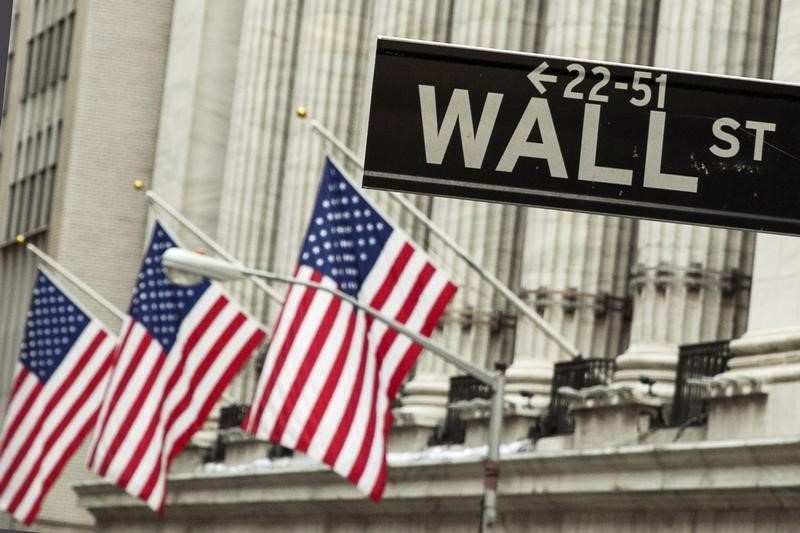(Bloomberg) -- The furious rally in Treasuries has rekindled a decades-old relationship between stocks and bonds that’s at the heart of basic diversification strategies used by countless investors.
The 20-day correlation between futures for the S&P 500 and Treasuries turned negative for the first time since February, according to data compiled by Bloomberg. While longer-term measures remain positive, it signals a reversal in the recent trend.
The two assets have been increasingly moving in lockstep in past few months, and the link between them jumped to a 2005 high earlier this year. It all stirred anxiety that bonds would fail in their traditional role of protecting portfolios from stock declines.
Treasuries surged in the wake of the latest data for the services sector in the U.S. The numbers missed expectations amid signs of labor shortages and supply-side constraints, handing ammo to those who think the economic rebound from the pandemic may not be smooth.
The yield on 10 year U.S. notes closed 8 basis points lower, taking its drop to more than 17 basis points since the start of last week.
“While the S&P 500 was charging to successive new highs last week, Fed Funds Futures and Treasuries were beginning to flash a yellow light,” Nicholas Colas and Jessica Rabe of DataTrek Research wrote in a note. “It’s too early to call this a full-blown ‘growth scare,’ but we think it’s important that these two markets are less convinced of a 2022 Fed policy shift now than just six trading days ago.”
Read more: HSBC’s Major Joins Bond Bulls in Calling Time on Reflation Trade
While the correlation is declining, the latest Treasury rally hasn’t coincided with a stock selloff -- good news for portfolios using both. The $1.3 billion RPAR Risk Parity exchange-traded fund (NYSE:RPAR)) hit a fresh record Tuesday. DFA’s Global Allocation 60/40 Portfolio is also near its all-time high.
©2021 Bloomberg L.P.
